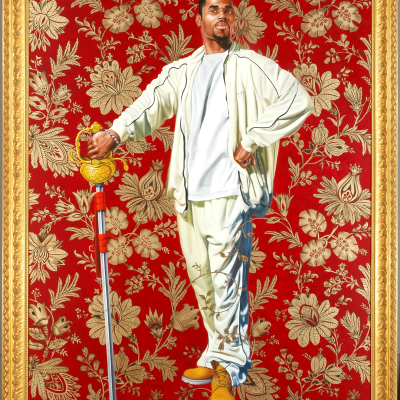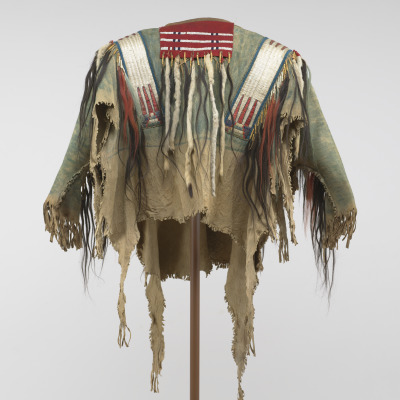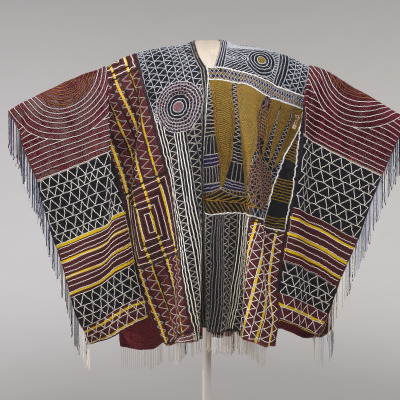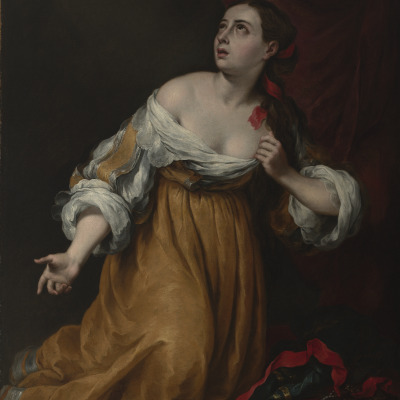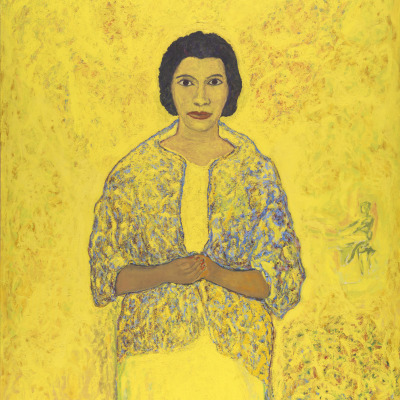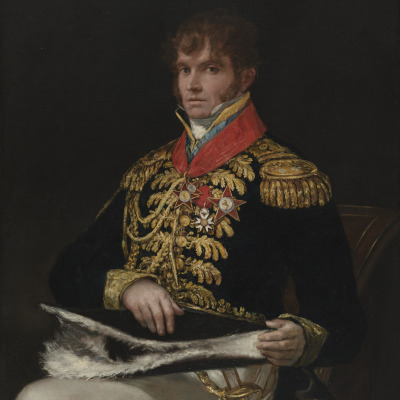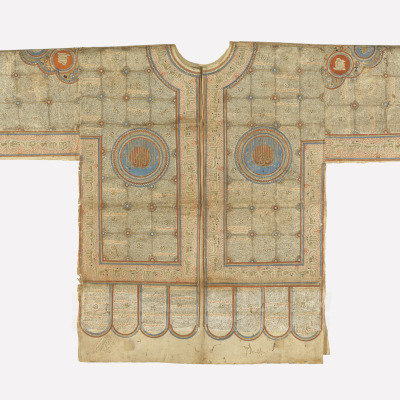
Bringing Empathy into the Classroom: Valuing the Differences Lesson Concept
On its surface, art may seem to have one purpose or audience, but closer examination can help reaffirm a broader human connection. Art can speak to us no matter our background, race, gender, religion, orientation, ability, age, or socioeconomic status. Using art in the classroom allows us to celebrate diversity in a powerful and meaningful way. For additional information, this lesson concept can be paired with the resource set Bringing Empathy into the Classroom: Valuing the Differences.
Lesson Objective
Art is used as a platform of expression to communicate relevant social and cultural elements within our world. This resource can help teachers and students navigate authentic experiences of diverse groups with art through the lens of global citizenship.
Setting the Stage
Tolerance and Empathy Contract
Option one: Ask students to create a class list of rules when engaging with each other and other cultures with respect.
Option two: Use the following rules:
-
-
- Listen actively — respect others when they are talking.
- Speak from your own experience instead of generalizing (“I” instead of “they,” “we,” and “you”).
- Do not be afraid to respectfully challenge one another by asking questions, but refrain from personal attacks — focus on ideas.
- Participate to the fullest of your ability — community growth depends on the inclusion of every individual voice.
- Instead of invalidating somebody else’s story with your own spin on her or his experience, share your own story and experience.
- The goal is not to agree — it is to gain a deeper understanding.
- Take care when choosing vocabulary referring to someone else’s culture.
- Be conscious of body language and nonverbal responses — they can be as disrespectful as words.
-
Source: http://www.edchange.org/multicultural/activities/groundrules.html
Training the Eye
Invite students to examine three works of art at a time, possibly grouped by theme, subject matter, or location/origin.
Display and discuss the following topics for students:
-
-
-
- Clothing style and Adornment
- Time period
- Background/Landscape
- Cultural Representation
- Artist Purpose
- Message
-
-
Advise students to pay close attention to the topics above as they look through the images.
Refocus
Either as a class or in small groups, have students discuss their observations of the works of art and produce a Venn diagram of similarities and differences in the pieces of art.
Guiding questions for class discussion.
-
-
- What do you believe is the unifying theme within all the works of art?
- What are the similarities in the artists’ message?
- Are there differences in the artists’ intent and audience?
- What aspects of the art appeal to you?
- How would these works of art be received in today’s society?
-
Personal Lens
Now that the students have had the opportunity to connect to the story/message of artists from a different background, have students select their own unifying theme and then find 3 pieces of art from the VMFA collection that communicate the theme but portray it differently.
Students should choose a theme that is important to including (but not limited to):
-
-
- poverty, love, loyalty, compassion, jealousy, pride, revolution, celebration
-
Have students create a Google Slide with the three pieces of art and display a completed Venn diagram with similarities and differences.
Expand and Extend
Have students research a selection of the works of art (the resource set can help) and explain what socio-cultural factors influenced the artists. Socio-Cultural Factors are the larger scale forces within cultures and societies that affect the thoughts, feelings and behaviors.
-
- Students should focus on the artist’s intent, historical context, message/s conveyed, and symbols used.
- Students should then develop their own interpretation of the pieces of art and identify how what socio-cultural factors may influence their conclusions.
Through the suggested digital platforms of FlipGrid or Padlet, have the students create a video or written response to two of the following questions. Students should incorporate their research into their responses:
-
- How did examining art in this way change their perspective on art and/or how they see the world?
- What piece of art “spoke” to you the loudest and why?
- In what ways does art speak for the people?
- How is art a gift for all generations?
